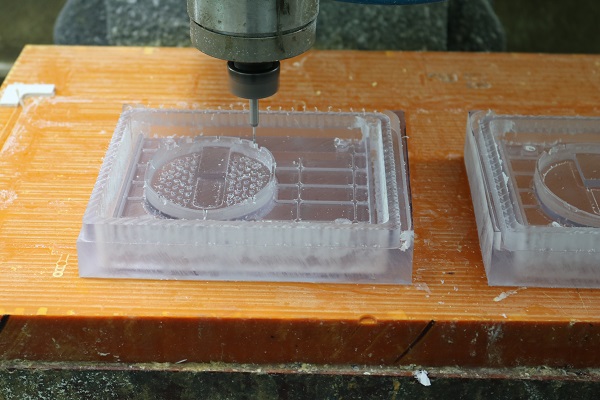Get in touch.
Dear,I will reply in 12 hours. All your message are protected!
Rapid Prototyping Services, Professional manufacturer of CNC Prototyping and 3D Prototyping in China.
CNC machining has revolutionized various industries, allowing for precise and intricate designs on a wide range of materials. While glass is a delicate material, it is possible to machine it using CNC technology with the right techniques and precautions. In this article, we will explore the steps and best practices for machining glass using CNC.

Glass Selection:
Choosing the right type of glass is crucial for successful CNC machining. Common options include soda-lime glass, borosilicate glass, and tempered glass, among others. Consider the specific requirements of your project, such as transparency, strength, or thermal resistance, and select the appropriate glass accordingly.
Tooling Selection:
Selecting the correct cutting tools is vital when machining glass. Diamond-tipped tools are commonly used due to their hardness and ability to withstand the abrasive nature of glass. Choose tools with fine-grit diamond coatings and proper geometries for precise cutting and detailing. Ensure the tools are sharp and in good condition to minimize any chipping or cracking of the glass.
Cutting Parameters:
Optimizing cutting parameters is essential for machining glass effectively. Glass is a brittle material that can crack or shatter easily if not handled properly. Start with conservative cutting speeds and feeds, gradually increasing them to find the optimal balance between material removal and tool life. Use low spindle speeds and light cutting passes to minimize stress on the glass.
Coolant and Lubrication:
Using appropriate coolant or lubrication is important when machining glass. Coolants help dissipate heat and reduce friction during the machining process. Consider using water-soluble coolants or cutting fluids specifically designed for glass machining. Apply the coolant directly to the cutting zone or use through-tool coolant delivery if available. Proper cooling helps prevent thermal stress and reduces the risk of glass breakage.
Fixturing and Workholding:
Proper fixturing and workholding are crucial to ensure stability during glass machining. Use specialized glass vacuum chucks, clamps, or adhesives to securely hold the glass in place. Ensure that the fixturing method does not obstruct the tooling paths or interfere with the machining process. Take extra precautions to avoid excessive pressure or stress on the glass.
Quality Control and Safety Measures:
Regularly inspect the machined glass parts to ensure accuracy and quality. Use precision measuring instruments to verify critical dimensions and compare them to the desired specifications. Pay attention to the surface finish and the presence of any cracks or defects. Implement safety measures such as wearing protective eyewear and gloves to minimize the risk of injury during glass machining.
© 2005-2025 Shenzhen Tuowei Model Technologies Co., Ltd. | All Rights Reserved 粤ICP备11096697号